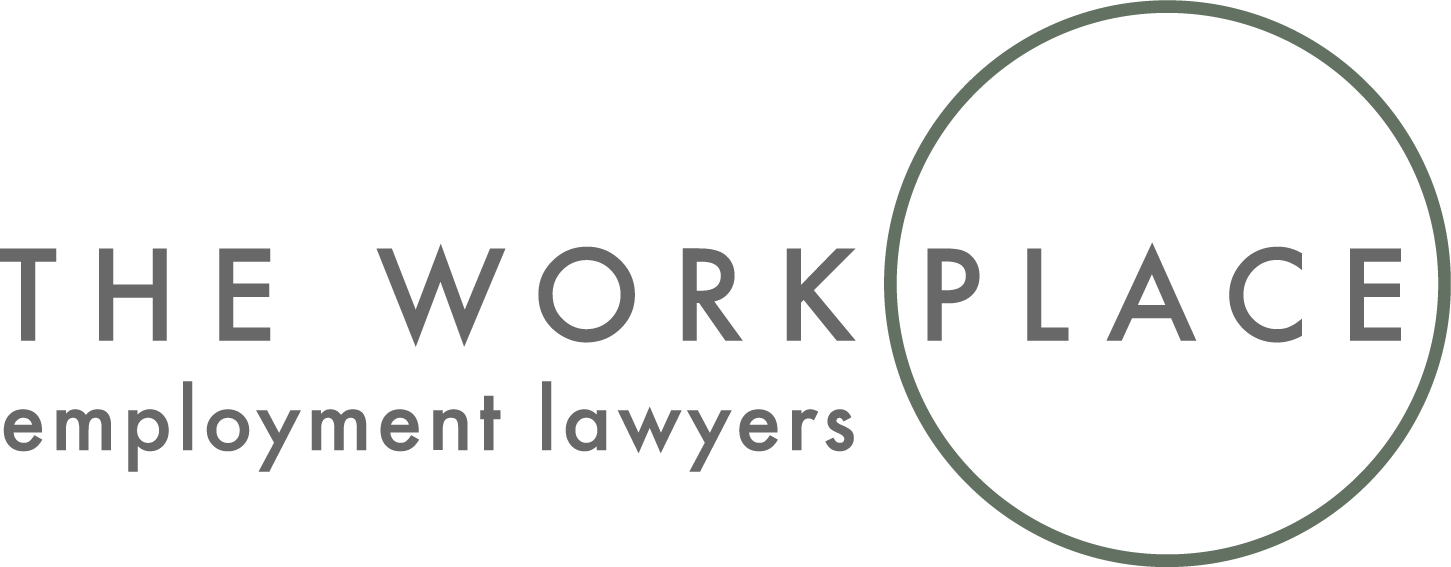The Australian Taxation Office (ATO) is introducing new compliance requirements called Single Touch Payroll (STP) which aligns the reporting obligations of your business to your payroll processes.
Photography / Stocksy
This means businesses will report to the ATO each time it pays employees – whether weekly, fortnightly or monthly.
Businesses will need to forward to the ATO the following information:
- employees' salaries and wages;
- allowances;
- deductions (for example, workplace giving) and other payments;
- pay as you go (PAYG) withholding; and
- superannuation information.
Employers with 20 or more employees
If your business has 20 or more employees, you need to start reporting to the ATO through STP from 1 July 2018 if your software is ready.
The ATO has advised that some payroll software providers have asked for more time to update their products – so check if your product has a deferred start date.
If your software will be ready by 1 July 2018 but your business won't be ready, you will need to apply for your own deferred start date.
Employers with 19 or less employees
From 1 July 2019 STP will be mandatory, subject to the legislation being passed.
Small employers can choose to report through STP before 1 July 2019 if their software is ready.
Other changes with Single Touch Payroll
Businesses will not need to provide payment summaries to their employees for the payments they report through STP because employees will be able to view their payment information in ATO online services, which they will access through their myGov account. Your employees can also request a copy of this information from the ATO.
To be exempt from giving payment summaries, you will need to make a finalisation declaration.
From July 2019 the ATO will pre-fill activity statement labels W1 and W2 with the information the ATO has received from the business. However, if your business is a small to medium withholder, it will continue to lodge an activity statement as it does now.
Summary of legislative changes
From 1 July 2018 for employers with 20 or more employees:
- report to the Commissioner through Single Touch Payroll-enabled software;
- the following information must be reported on or before the day the business withholds from a payment (the pay day):
- payment information, including salary or wages, allowances, deductions, etc.
- withholding amounts
- superannuation liability information or ordinary times earnings (OTE).
Employers who fully report all the information required through Single Touch Payroll will not have to comply with a number of other reporting obligations under the existing law. This includes providing certain payment summaries and the corresponding payment summary annual report (PSAR). They will need to provide a finalisation declaration with the ATO.
How to report
Businesses can report through Single Touch Payroll (STP) in one of the following ways:
- from the current payroll solution when it is STP-ready;
- from a new payroll solution which is STP-ready; or
- via a third party, such as registered agent for the business.
Next Steps
To find out if you are required to report through Single Touch Payroll you will need to do a headcount of the number of employees you have on 1 April 2018. If you have 20 or more employees on that date, you will need to start reporting to the ATO through a Single Touch Payroll enabled solution from 1 July 2018. If you have 19 or less employees there is plenty of time to get ready for Single Touch Payroll.
The Head Count
You need to include the following employees in your headcount:
- full time and part time employees;
- casual employees who are on the payroll on 1 April and worked any time during March;
- employees based overseas;
- any employee absent or on leave (paid or unpaid); and
- seasonal employees (staff who are engaged short term to meet a regular peak workload, e.g. harvest workers).
Do not include any employees who ceased work prior to 1 April, casual employees who did not work in March, independent contractors, staff provided by a third party labour hire organisation, company directors, office holders or religious practitioners.
Talk to your payroll software provider to find out how and when your current payroll solution will be ready for Single Touch Payroll (STP) and ensure your payroll manager/payroll staff are on top of the changes.
The copyright in this blog is owned by The Workplace – Employment Lawyers Pty Ltd. The content is general information only and is not intended to constitute, or be relied upon as, legal advice. The use of this blog by any person or company does not create any solicitor-client relationship between the person or company and The Workplace – Employment Lawyers Pty Ltd.

